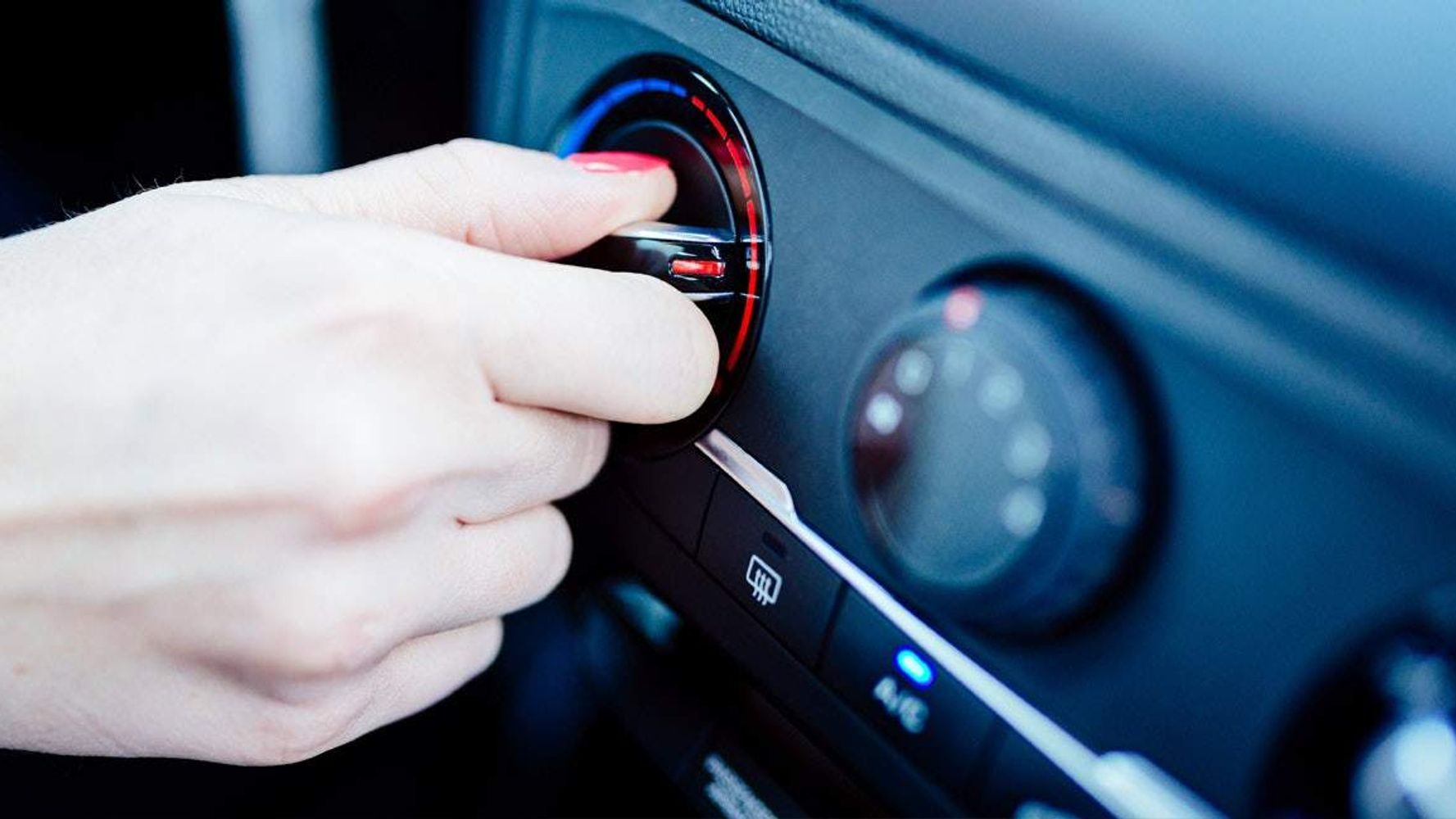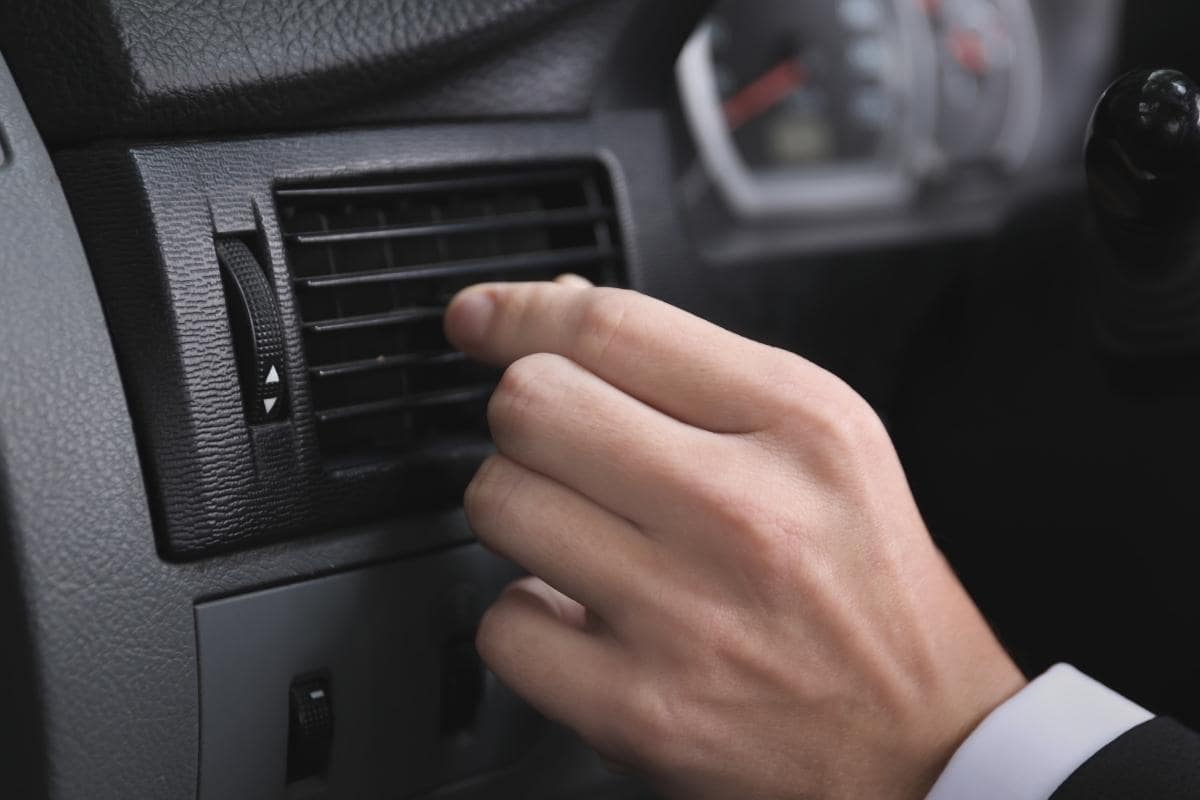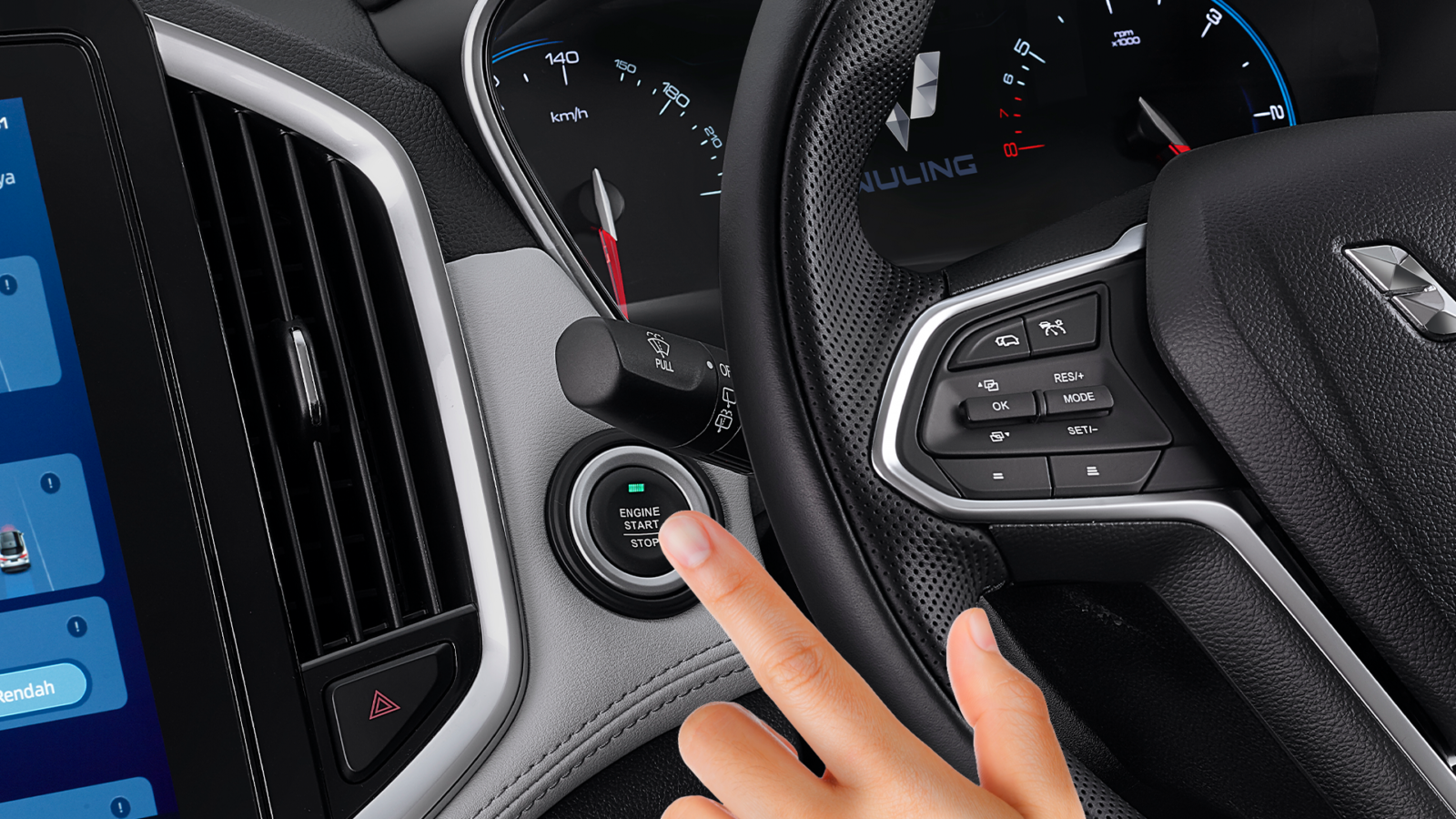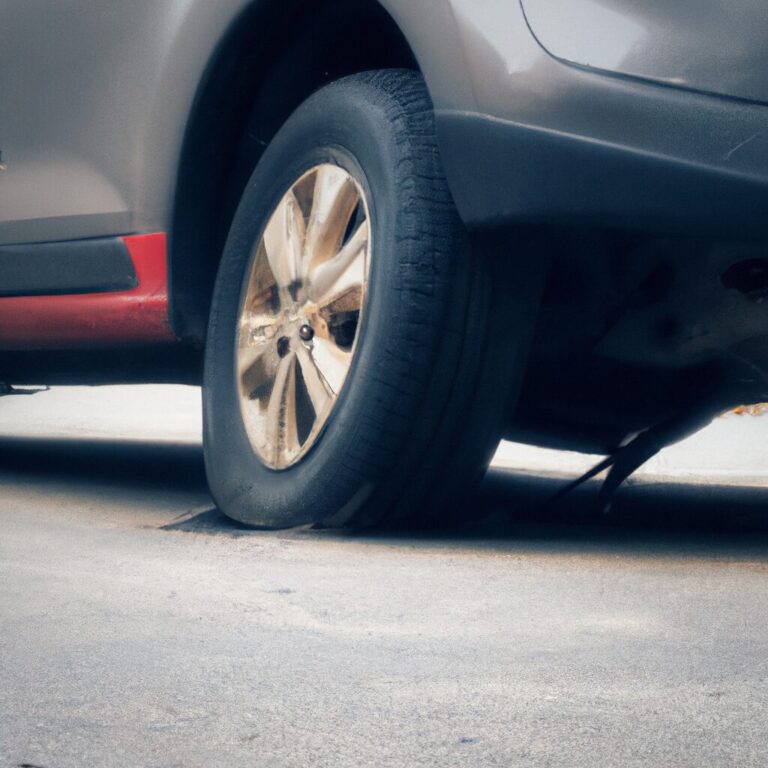How to Warm a Car
To warm a car, start the engine, let it idle for a few minutes, and then drive gently. Warming up the car before driving can help improve engine performance and increase fuel efficiency.
It also allows the oil to circulate and reach optimal operating temperature, reducing wear and tear on the engine components. Keep in mind not to leave the car unattended while warming up to prevent theft or safety hazards, and always check your local regulations regarding idling laws.
Warming your car properly can ensure a smoother driving experience and prolong the life of your vehicle.

Credit: www.huffpost.com
Why Warm Up Your Car
When the temperatures drop, many people have the habit of starting their cars a few minutes before hitting the road. But is it really necessary to warm up your car? Let’s delve into the reasons behind the age-old practice of warming up a car before driving.
Benefits Of Warming Up Your Car
Warming up your car has several benefits that can contribute to the overall health and performance of the vehicle. From ensuring proper lubrication to optimizing fuel efficiency, these advantages make a compelling case for taking a few extra minutes to warm up your car.
How It Can Extend The Life Of Your Engine
Warming up your car allows the engine oil to reach its optimal viscosity, ensuring that all moving parts are properly lubricated. This helps to prevent premature wear and tear on critical engine components, ultimately prolonging the overall lifespan of your engine.

Credit: www.bemac.ca
When To Warm Up Your Car
In cold weather conditions, warming up your car is crucial before driving.
In Cold Weather Conditions
When the temperature is below freezing, it’s important to warm up your car to ensure optimal performance.
When The Engine Has Been Idle For A While
If your car has been sitting idle for an extended period, it’s necessary to let it warm up before hitting the road.
How Long To Warm Up Your Car
Warming up your car depends on the weather conditions. In general, allowing your engine to run for 30 seconds to a minute is sufficient before driving.
The ideal warm-up time for different weather conditions Factors that affect warm-up time Intro: Knowing the ideal warm-up time for your car is crucial to ensure optimal performance in various weather conditions. The ideal warm-up time for different weather conditions – Cold weather: Aim for 5-10 minutes to allow the engine to reach operating temperature. – Moderate weather: 3-5 minutes is sufficient for most cars to warm up. – Warm weather: 1-3 minutes is typically enough to get your car ready to drive. Factors that affect warm-up time – Engine size: Larger engines may require a longer warm-up period. – Age of the car: Older vehicles tend to need more time to warm up. – Type of fuel: Diesel engines usually need a longer warm-up compared to gasoline engines.Steps To Warm Up Your Car
If you live in a region with frigid temperatures, warming up your car before driving is essential to ensure optimal performance. Here are steps to warm up your car:
Check Your Surroundings
Prior to starting your car, make sure the area around the vehicle is clear of obstacles or obstructions to ensure a safe and smooth warm-up process.
Start The Engine And Let It Idle
Once you are in a safe location, start the engine and allow it to idle for a few minutes. This will enable the oil to circulate through the engine, ensuring all the moving parts are adequately lubricated.
Monitor Engine Temperature
While the car is idling, keep an eye on the engine temperature gauge. This will help you ensure that the engine is gradually warming up to the optimal operating temperature. Avoid revving the engine during this period as it can cause unnecessary strain on the vehicle.
Safety Precautions
- Always warm up the car in a well-ventilated area to prevent the buildup of dangerous carbon monoxide gas.
- Never leave your car unattended while it’s running, as it can be a target for theft or accidents.
- Ensure the exhaust pipe is clear of any snow or debris to prevent carbon monoxide from entering the vehicle’s interior.
Alternative Ways To Warm Up Your Car
In cold winter months, warming up your car before hitting the road is crucial to ensure optimal performance. While many people rely on idling their car for a few minutes to warm it up, there are alternative ways to warm up your car that are not only effective but also environmentally friendly. In this blog post, we will explore two popular alternatives to idling: using an engine block heater and using a remote car starter.
Using An Engine Block Heater
An engine block heater is a great tool to warm up your car’s engine during cold weather. It helps in maintaining the optimal temperature before you start your car, reducing wear and tear on the engine components. Here’s how you can use an engine block heater:
- Locate the engine block heater plug, which is usually located near the front of your vehicle.
- Plug the engine block heater into a standard electrical outlet or a dedicated block heater receptacle.
- Allow the engine block heater to warm up the engine for at least two hours before starting your car.
By using an engine block heater, you can ensure that your car starts smoothly even in frigid temperatures, while also being more fuel-efficient compared to idling.
Using A Remote Car Starter
A remote car starter is another convenient way to warm up your car without idling it. With a remote car starter, you can start your car from a distance, allowing it to warm up while you stay cozy in your home or office. Here’s how you can use a remote car starter:
- Make sure your car is parked in a safe and open area.
- Press and hold the remote car starter button for a few seconds to start the engine.
- Wait for a few minutes before heading out to your car, allowing it to warm up.
Using a remote car starter not only saves you time but also minimizes unnecessary idling and reduces fuel consumption. Just remember to follow the manufacturer’s instructions when using a remote car starter to ensure its proper functionality.

Credit: wuling.id
Frequently Asked Questions Of How To Warm A Car
How Can I Make My Car Warmer?
To make your car warmer, use a block heater to warm the engine, or install seat warmers. Place a windshield cover to retain heat, and consider using a remote car starter. Lastly, ensure that your car’s heating system is functioning properly.
Regularly check and change the car’s thermostat and coolant.
What Is The Best Way To Warm Up A Car?
To warm up a car, start the engine and let it idle for 1-2 minutes before driving gently. Avoid revving the engine excessively.
How Can I Warm Up The Inside Of My Car?
To warm up your car, start the engine and turn on the heater. Let the car run for a few minutes until the interior warms up. Use seat warmers if available for added comfort.
How Do You Warm Down A Car?
To warm down a car, let it idle for a few minutes after driving, allowing the engine to gradually cool. Avoid revving the engine and drive gently for the last few minutes of your trip. This helps reduce strain and wear on the engine.
How Long Should You Warm Your Car In Winter?
Warming your car for 5-10 minutes is sufficient to ensure proper engine lubrication and heat the interior.
Is It Necessary To Warm Up A Car In Cold Weather?
Yes, it is necessary to warm up your car in cold weather to prevent engine damage and ensure optimal performance.
Can Warming Up A Car Prevent Engine Problems?
Warming up your car helps distribute oil evenly, preventing engine wear, especially during cold weather.
Conclusion
In closing, understanding how to warm a car is essential for maintaining its performance and longevity. By following these simple steps, you can ensure a smooth and efficient start during cold weather. Remember to consider environmental impacts and safety precautions while warming up your vehicle.
Stay informed and drive safely!

